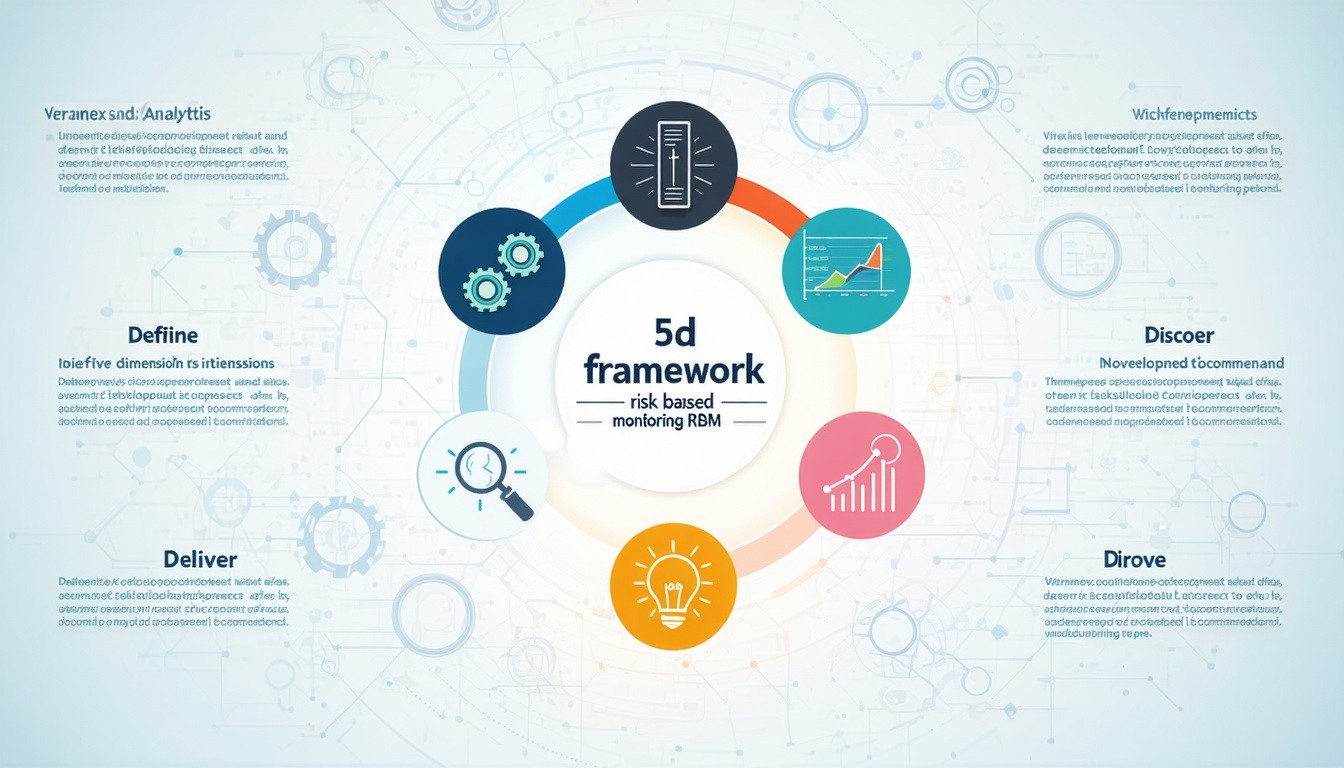4 min read
Veranex Risk Based Monitoring Business Delivery Model – A Case Study
Veranex has successfully designed and implemented a “5D Framework” to support its Risk Based Monitoring service delivery model. The 5 components...
1 min read
Gary Keeler : Aug 23, 2022 11:23:50 AM

Veranex has successfully designed and implemented a “5D Framework” to support its RBM service delivery model, in order to create a better customer-centric service that is value-driven, transparent and meets expectations in a cost-effective manner.

The overall RBM business delivery model starts with using both business acumen and analytic thought processes to develop structured problem solving with data.

While we’ve presented the “Overall Delivery Model” for RBM, it is also important to shape strategies at each KRI level. Veranex presents the ‘D2P Analytics Value Chain’ approach to focus on individual strategies. Together, the ‘5D strategy’ along with the ‘D2P analytics’ approach strengthens the overall life cycle of RBM KRIs.
Using our RBM approach, we have found that the results (detected anomalies/KRIs) are reliable as well as actionable allowing for faster, dependable, and accurate detection with sustainable solutions.
Some examples:
In our next-in-series, we will give a deeper look into how this is accomplished.

4 min read
Veranex has successfully designed and implemented a “5D Framework” to support its Risk Based Monitoring service delivery model. The 5 components...

How Clinical Teams Are Replacing Firefighting With Future-Proof Monitoring

7 min read
Co-founders: Mark Barrish BSME, JD, CEO and Phillip Laby, MSME, CTO Moray Medical, a Silicon Valley-based medtech startup, is...